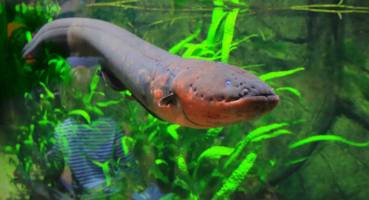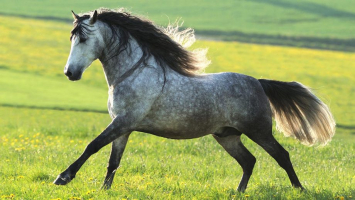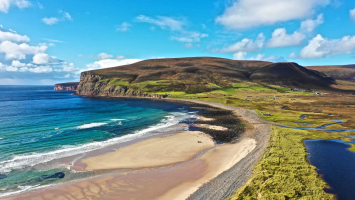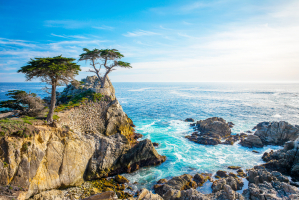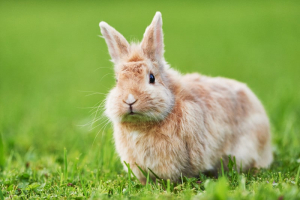Top 8 Most Beautiful Saltwater Fish in The World
Fish is an animal that is familiar and close to humans. Besides being used as food, many fish species are also used as ornamental fish because of its beauty. ... read more...Let's find out with Toplist the most beautiful saltwater fish in the world!
-
One of the most beautiful saltwater fish in the world is the mandarinfish, sometimes known as a mandarin dragonet, is a small, vividly colored member of the family of dragonets that is well-liked in the saltwater aquarium industry. The native range of the mandarinfish is in the Pacific, roughly from the Ryukyu Islands south to Australia. It frequently inhabits some of the warmer seas.
The feathery fins and vivid colors of this magnificent saltwater species, which is relatively little and almost phosphorescent in appearance, make it stand out. The charming dragonet and the mandarinfish are the only two animals that are truly blue. Mandarinfish enjoy enticing us with their vibrant orange, yellow, green, and purple designs just as much as they enjoy dressing in blue.
The mandarinfish is found in the Pacific Ocean, particularly in Australia's northernmost regions. Due to its residence on coral reefs, it has vibrant hues. It blends in with its vibrant surroundings since it is cautious and only emerges at night when it is necessary. Mandarinfish are well-liked in the aquarium trade, but because of their finicky feeding habits, they are thought to be challenging to maintain. While some fish never adjust to aquarium living and only consume live copepods and amphipods, those that do are said to be exceptionally resilient and highly resistant to illnesses like marine ich.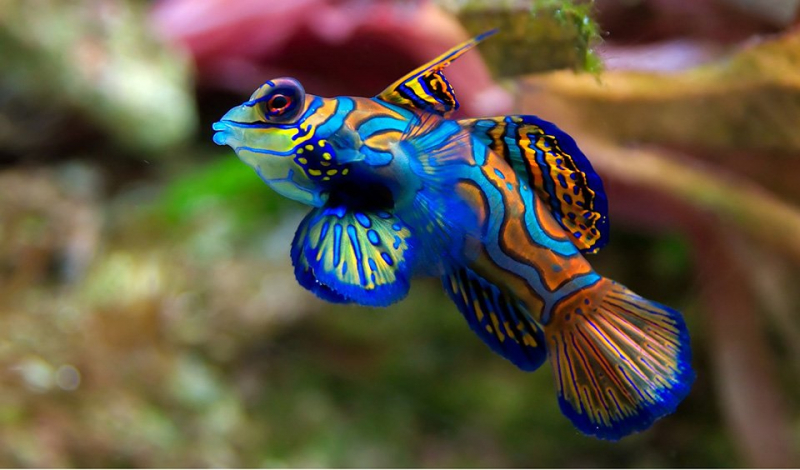
Photo: australiangeographic.com.au 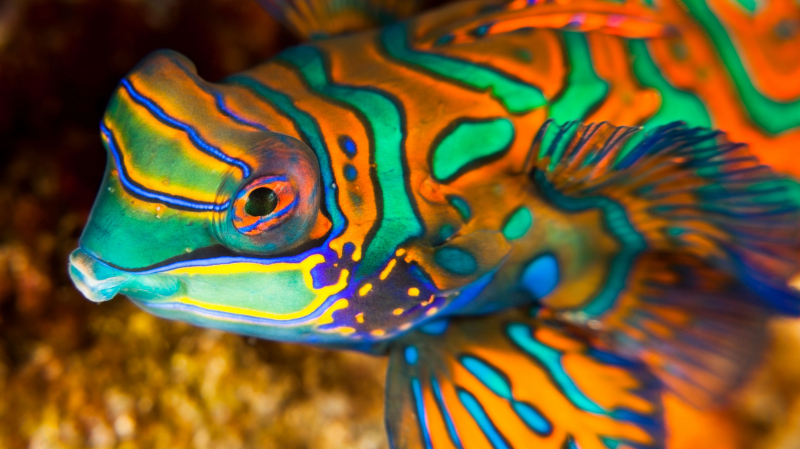
Photo: thesprucepets.com -
The flame angelfish is a marine angelfish of the Pomacanthidae family that can be found in the Pacific Ocean's tropical waters. Other common names for angelfish are Japanese pygmy angelfish, flame angel, and fiery angelfish. The flaming angelfish has four or five bars on the sides, the back of the dorsal fin, and the anal fin, with alternating short purple-blue and black bands. It also has an elongated vertical black mark. Marquesas specimens are devoid of vertical black bars. In general, males are bigger and have slightly more color than females.
It is prevalent in the Marshall, Line, and Cook Islands but can be found on many reefs around Oceania. The fish can also be found in the Hawaiian Islands, albeit less frequently. Flame angelfish are particularly common on the slopes of coral reefs and in crystal-clear lagoons.
The flaming angelfish eat a variety of algae and crustaceans in the wild. Reef aquarium fish occasionally enjoy very long lives, however, when they get elderly, the majority of these fish frequently pass away mysteriously. This is understandable because many members of the Centropyge family spend their juvenile years primarily eating plankton before switching to their adult diet.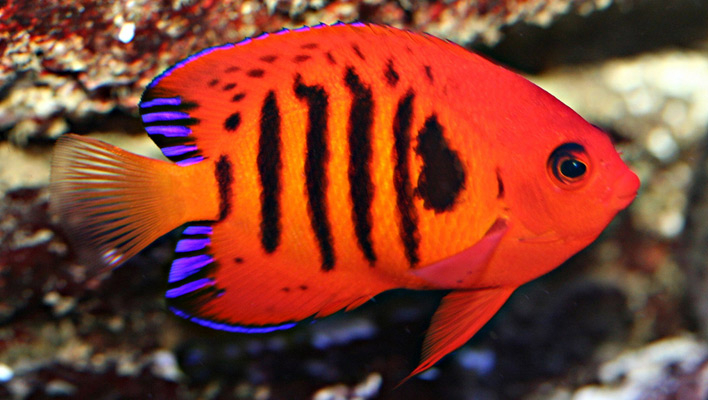
Photo: reefbuilders.com 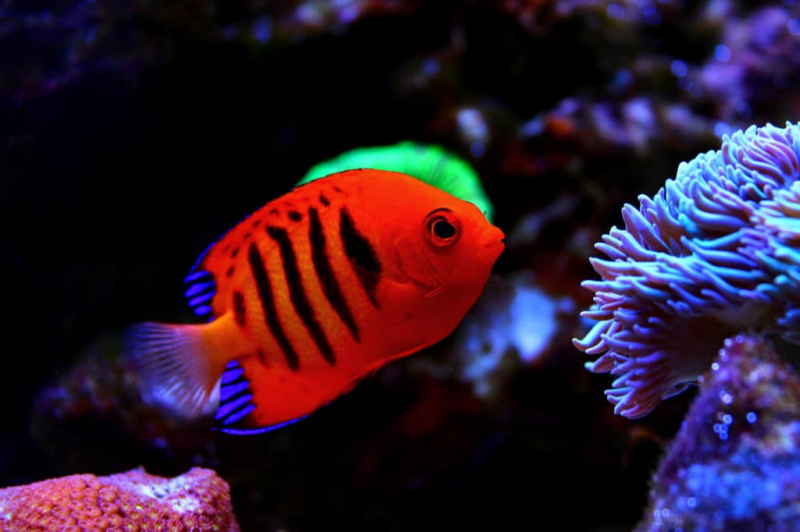
Photo: aquariadise.com -
About 90 different fish species are together referred to as parrotfishes, which is a family (Scaridae) or subfamily (Scarinae) of the wrasses. The Indo-Pacific region has the highest species richness for this group, with roughly 95 species. They can have a big impact on bioerosion and can be found in seagrass beds, rocky beaches, and coral reefs. The dentition of parrotfish, which is unique from that of other fish, including other labrids, gives them their name. With their parrot-like beaks, they rasp algae from coral and other rocky substrates. Their many teeth are arranged in a closely packed mosaic on the exterior surface of their jaw bones.
Parrotfish are found in several tropical and subtropical oceanic locations, although the Indo-Pacific is home to the majority of the most stunning species. Because they consume particular species of algae and other pests that could otherwise wipe out these priceless ecosystems, they are crucial to the sustainability of coral reefs. Rockier coastlines are home to parrotfish.
Within the family, maximum sizes range, with the majority of species growing to a length of 30 to 50 cm. A few species can grow to lengths of more than 1 m, and the green humphead parrotfish can grow to 1.3 m in length. The bluelip parrotfish, which can grow to a maximum size of 13 cm, is the smallest species.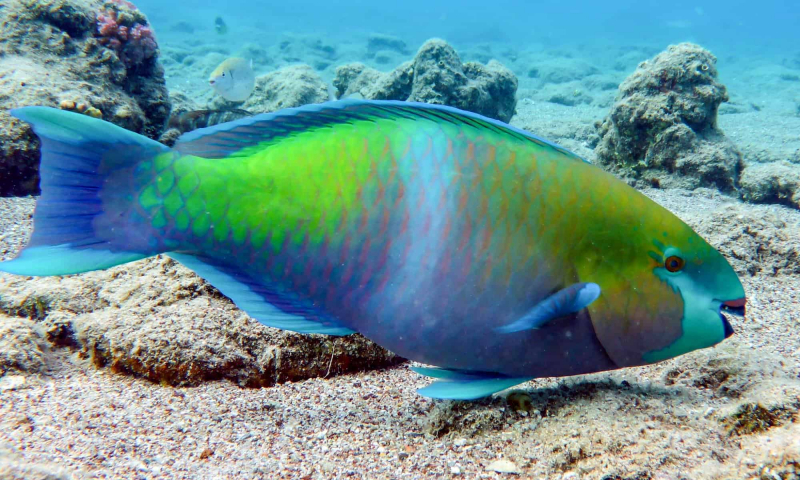
Photo: a-z-animals.com 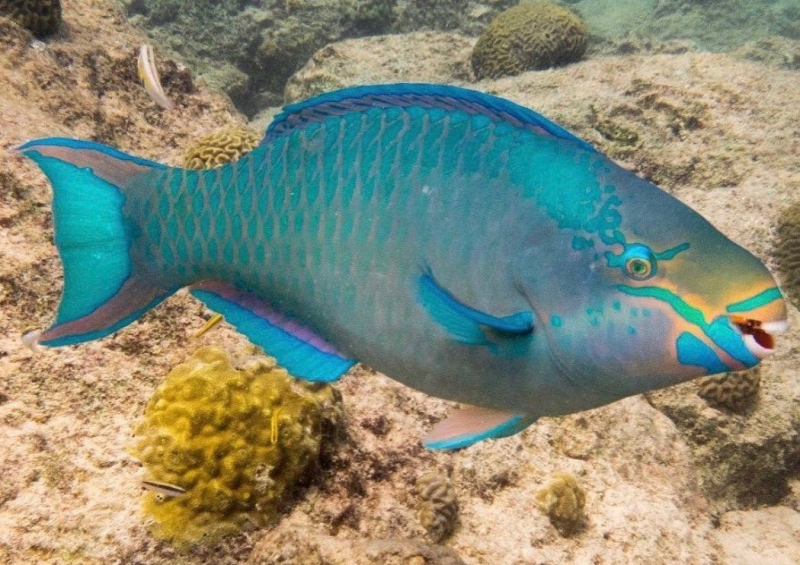
Photo: facebook.com -
Clownfish, also known as anemonefish, belong to the Amphiprioninae subfamily of fish. Clownfish are protandrous hermaphrodites, which means that some of them transition to female later in life. They are among the most beautiful saltwater fish in the world, but what makes them so remarkable is that they are all born male. The Indian and Pacific waters are home to anemonefish. Since they enjoy warm water, reefs, lagoons, and shallow seas are where you'll typically find them.
These fish have a symbiotic relationship with the sea anemone, which serves as their home in return for the clownfish removing the anemone's parasites. Male clownfish are responsible for protecting the young in their hierarchical communities. Finding Nemo, a well-known Pixar-Disney picture, made clownfish widely known. Ocellaris clownfish make up Nemo and Marlin's characters. Some clownfish are yellow, pink, red, or black; not all clownfish are orange and white.
Clownfish can consume undigested food from their host anemones since they are omnivorous, and the sea anemone receives nutrients from the feces of the anemonefish. With the exception of Amphiprion perideraion, which mostly consumes algae, anemonefish primarily consume small zooplankton from the water column, such as copepods and tunicate larvae, with a small amount of their diet coming from algae.
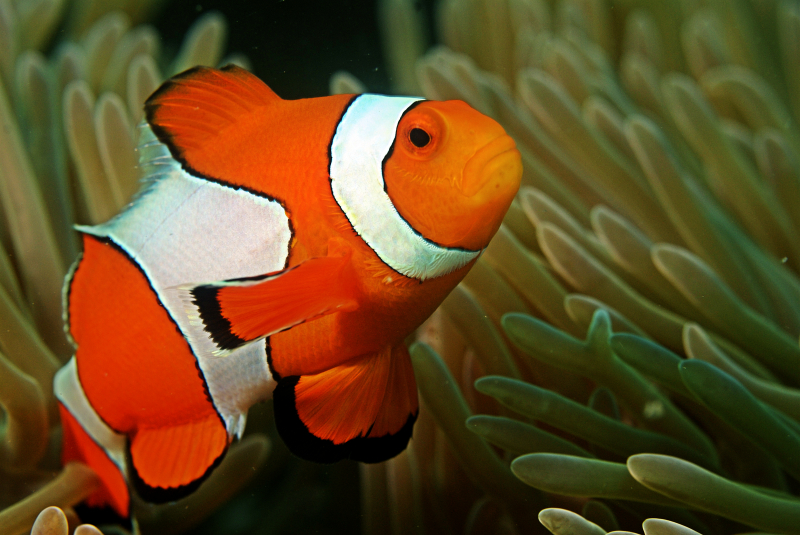
Photo: wikipedia 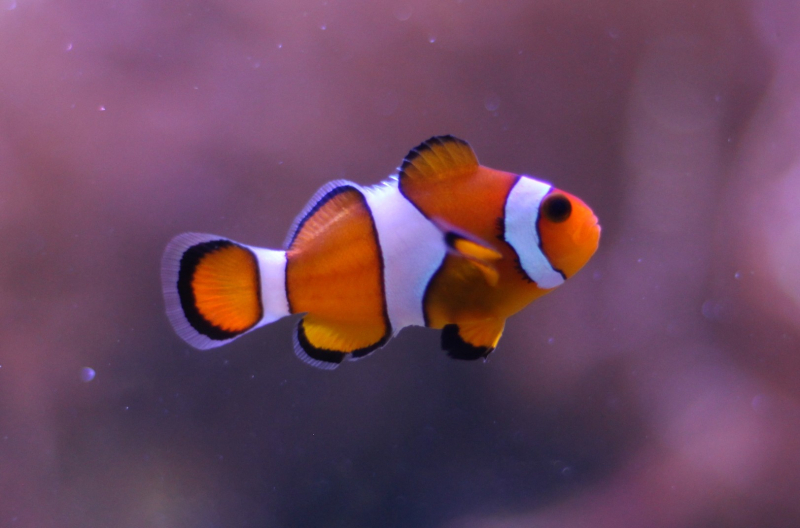
Photo: wikipedia -
The next position on the list of the most beautiful saltwater fish is the Forcipiger flavissimus, often known as the yellow longnose butterflyfish or forceps butterflyfish, which is a type of marine fish in the Chaetodontidae family. From the eastern coast of Africa to Hawaii, including the Red Sea, the yellow longnose butterflyfish is common in the tropical waters of the Indo-Pacific region. It is also found in the eastern Pacific Ocean from Baja California to the Revillagigedo Islands and the Galapagos.
The body of the Longnose Butterflyfish is yellow. Its head's color is split horizontally. Blackness covers the top of the head, from the very top of the mouth to the top of the head. The bottom is white. Long and jagged dorsal spines are present. Although it is a medium-sized fish in the home aquarium, the butterflyfish is a rather large fish in the wild.
Yellow longnose butterflyfish are territorial, and they patrol their coral patches with a monogamous mate. However, there have been reports of overt hostility in F. flavissimus between territory owners and those of the same sex. Although it doesn't happen often, when it does, males and females both chase other males. Males guard territory containing a female from other males, whereas females defend food sources from other females.
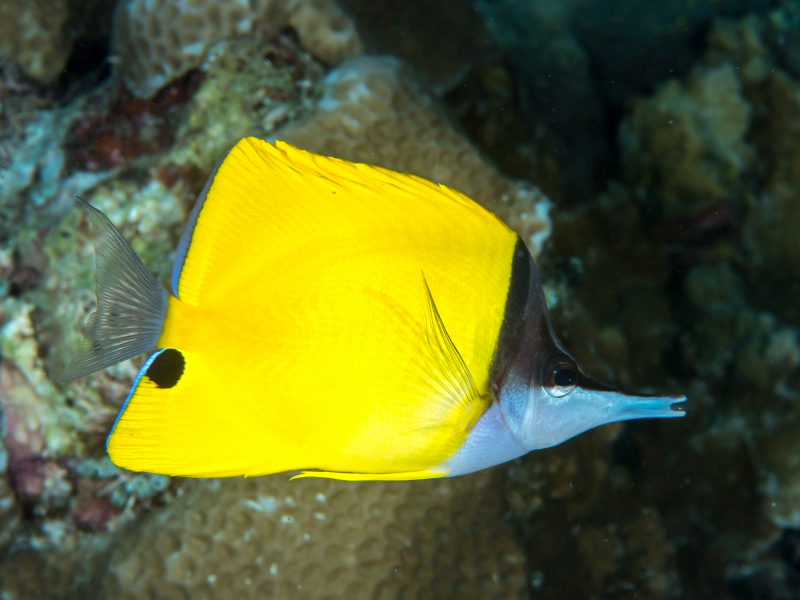
Photo: wikipedia 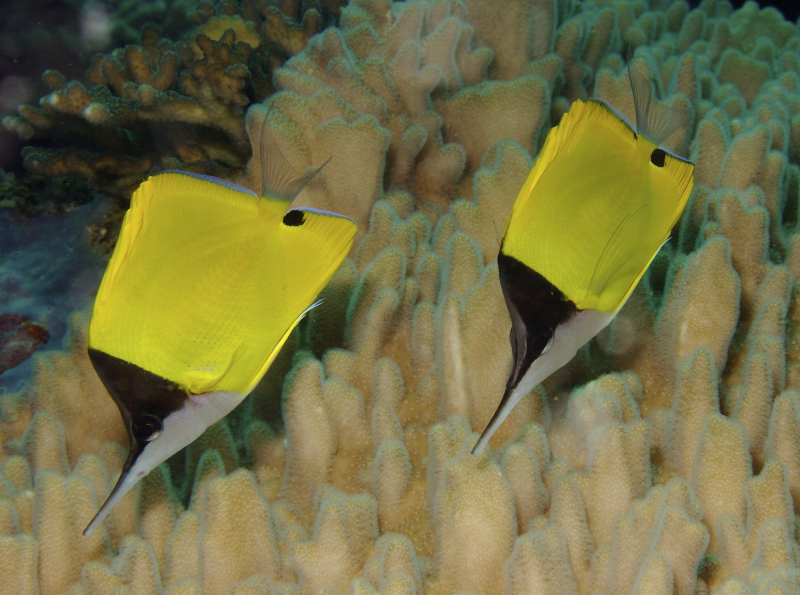
Photo: wikipedia -
One of the most beautiful saltwater fish in the world is the palette surgeonfish which is also referred to as the regal blue tang, blue tang, and palette tang. The Indo-Pacific reefs contain and surround this species. This fish has spines that resemble weapons at the base of its tail, as is typical of surgeonfish. These oval-shaped fish have vivid blue bodies with accents of dark blue and yellow on their tails. These well-known aquarium fish are classified by the International Union for Conservation of Nature as a species of Least Concern (IUCN).
The name of this fish, Paracanthurus hepatus, accurately describes how it appears: It is painted in a design resembling a painter's pallet in stunning hues of blue, black, and yellow. The scapel-shaped tail is the source of the name "surgeonfish." It also goes by the name "regal blue tang."
Palette surgeonfish are found on coral reefs in the Indo-Pacific, including the Great Barrier Reef, just like the majority of the fish on our list of the most stunning saltwater fish in the world. Palette surgeonfish dwell in couples or small groups.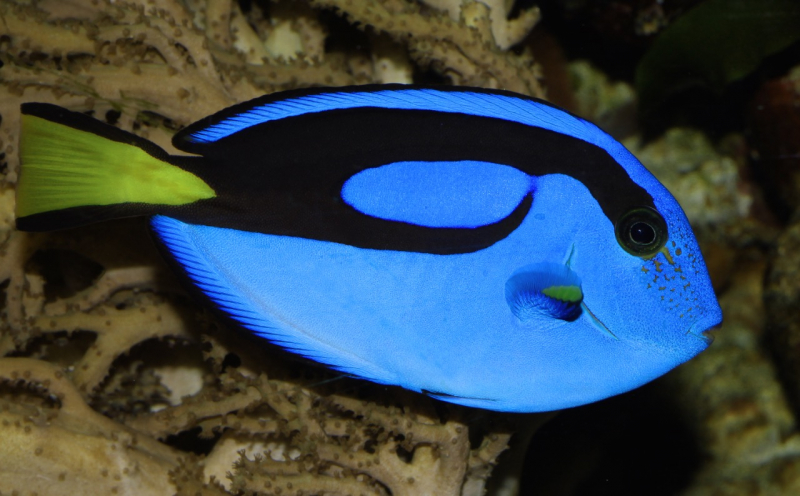
Photo: masna.org 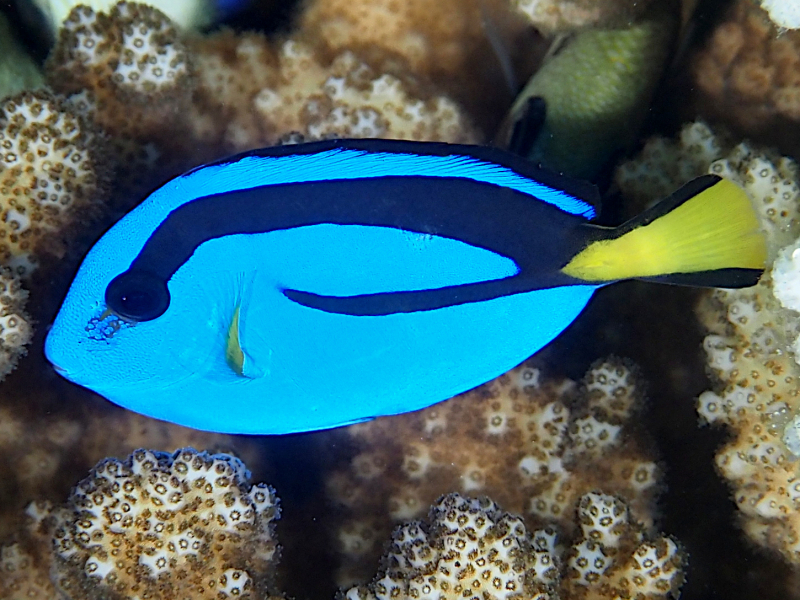
Photo: reefguide.org -
A little tropical cardinalfish belonging to the Apogonidae family is called the Banggai cardinalfish. In its genus, there is only one specimen. The aquarium industry is a big fan of this gorgeous fish. Although it is one of the very few marine fish that have been regularly grown in captivity, a sizable number of them are still caught in the wild, making it an endangered species. Threats to this species' population include certain deadly infections and the harm that humans are doing to its environment. Fish mortality is known to be significantly caused by iridovirus illnesses.
This fish is both graceful and gorgeous, both physically and behaviorally. The Banggai cardinalfish exudes a majestic and refined air as though it were a creature from a mythical past.
The Banggai Islands in Indonesia are home to this kind of fish, therefore the name of the islands. The Banggai cardinalfish is unfortunately endangered in its natural habitat because of exploitation for aquarium importation and also because it is captured in trawling.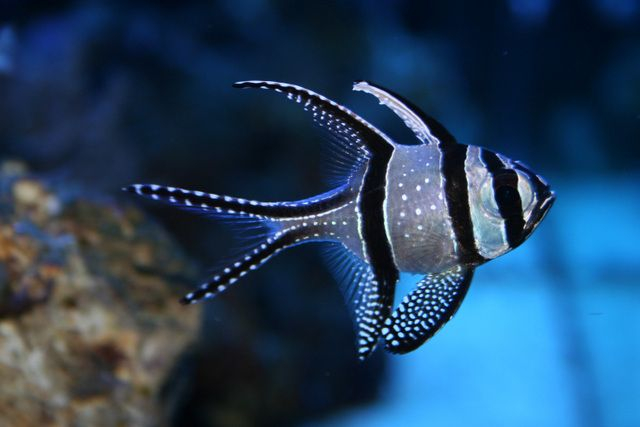
Photo: reefbuilders.com 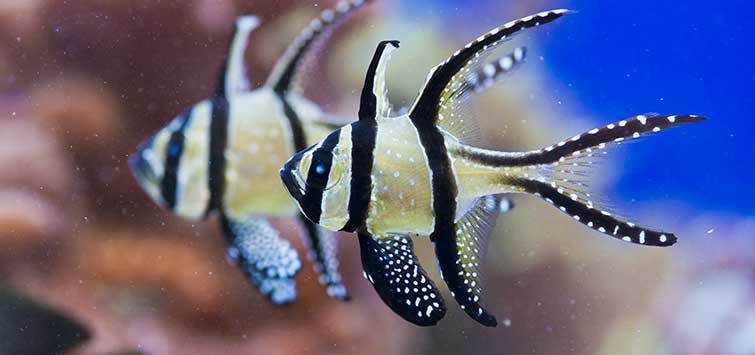
Photo: tfhmagazine.com -
The next position on the list of the most beautiful saltwater fish is the Pomacanthus xanthometopon which is a marine angelfish with ray fins that can be found in shallow areas of the Indo-Pacific. It is a member of the family Pomacanthidae. Due to its stunning facial coloring, it is often referred to as the Blueface angelfish or the yellowface angelfish.
Pomacanthus xanthometopon is laterally compressed and has a maximum length of 38 centimeters. The mouth is situated directly above the snout's tip. The fins are large, circular, and golden, with blue edges on some of them. The dorsal fin has 13–14 spines and 16–18 soft rays, is situated just in front of the caudal area and has a conspicuous black eyespot at its base. The anal fin comprises 16–18 soft rays and 3 spines. The scales have a reticulated pattern and are a light blue color with golden edges.
The face is yellow with a yellow mask covering the eyes and a lower half covered in a thick network of dazzling blue lines. The coloring of juveniles is significantly distinct, with a caudal fin banded in two colors of blue and six vertical white bars separated by pale blue lines.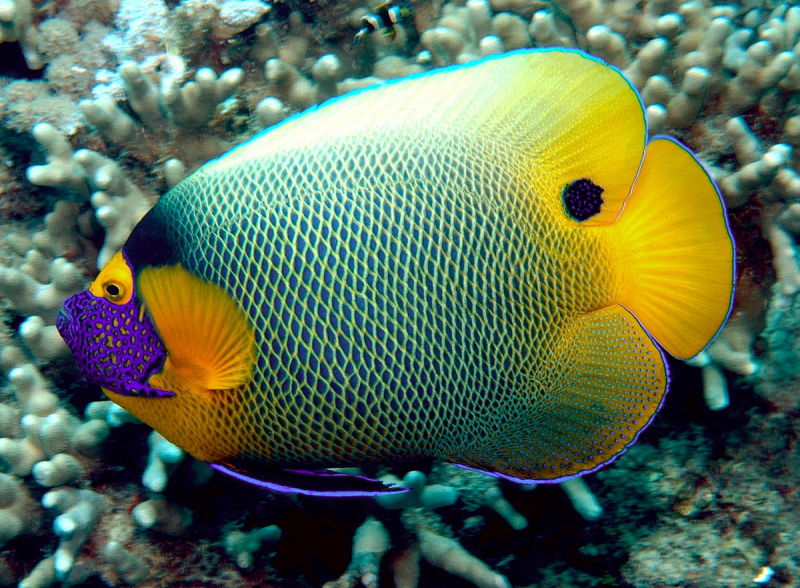
Photo: wikipedia 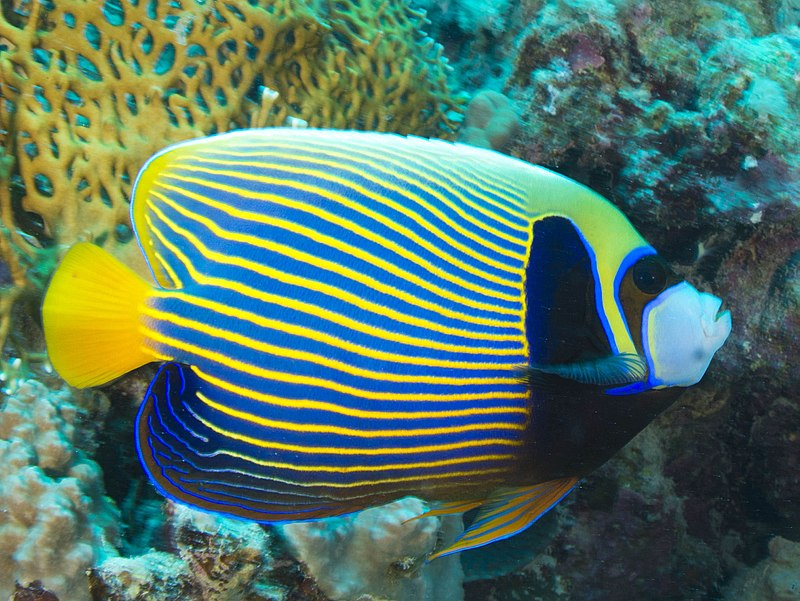
Photo: wikipedia












